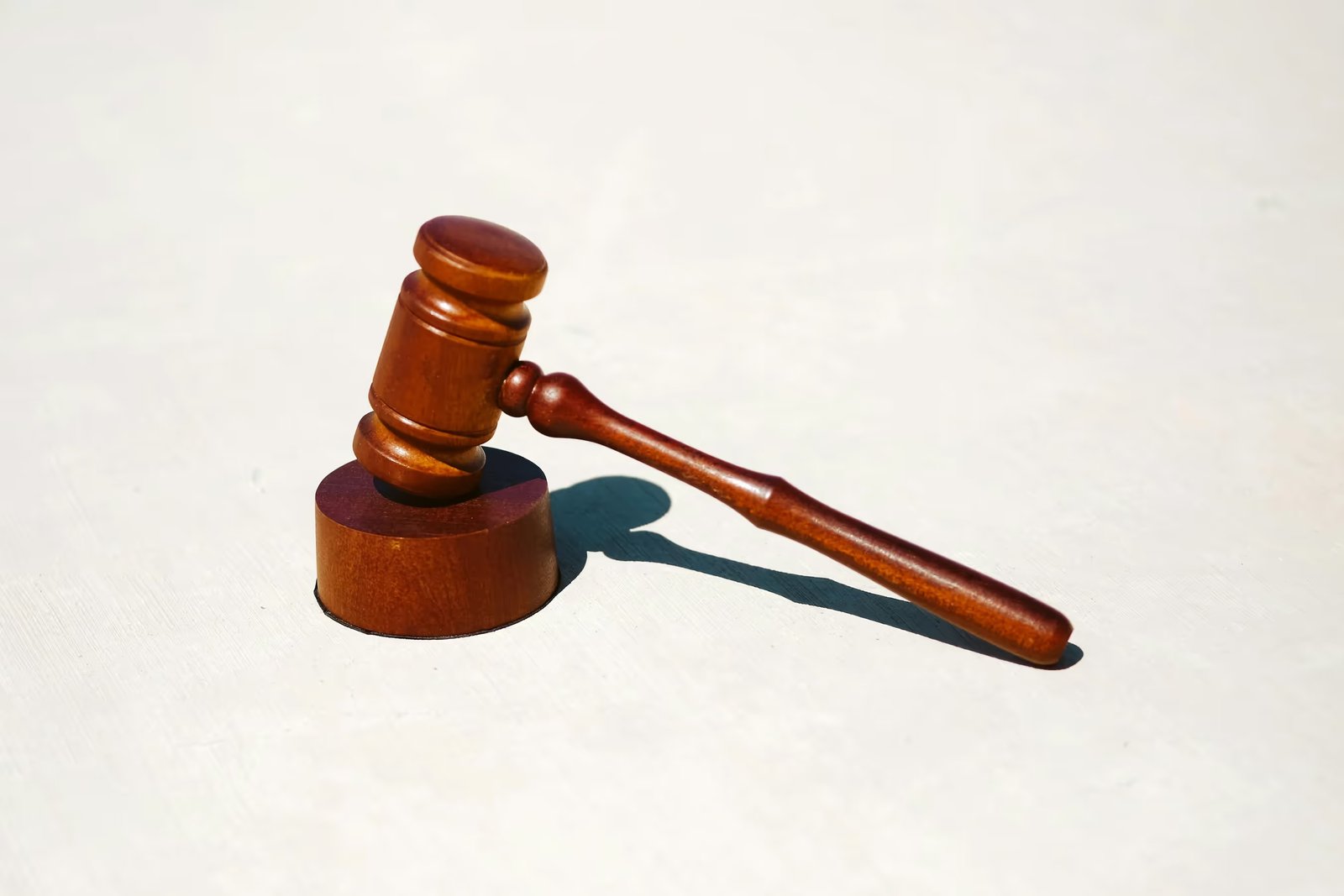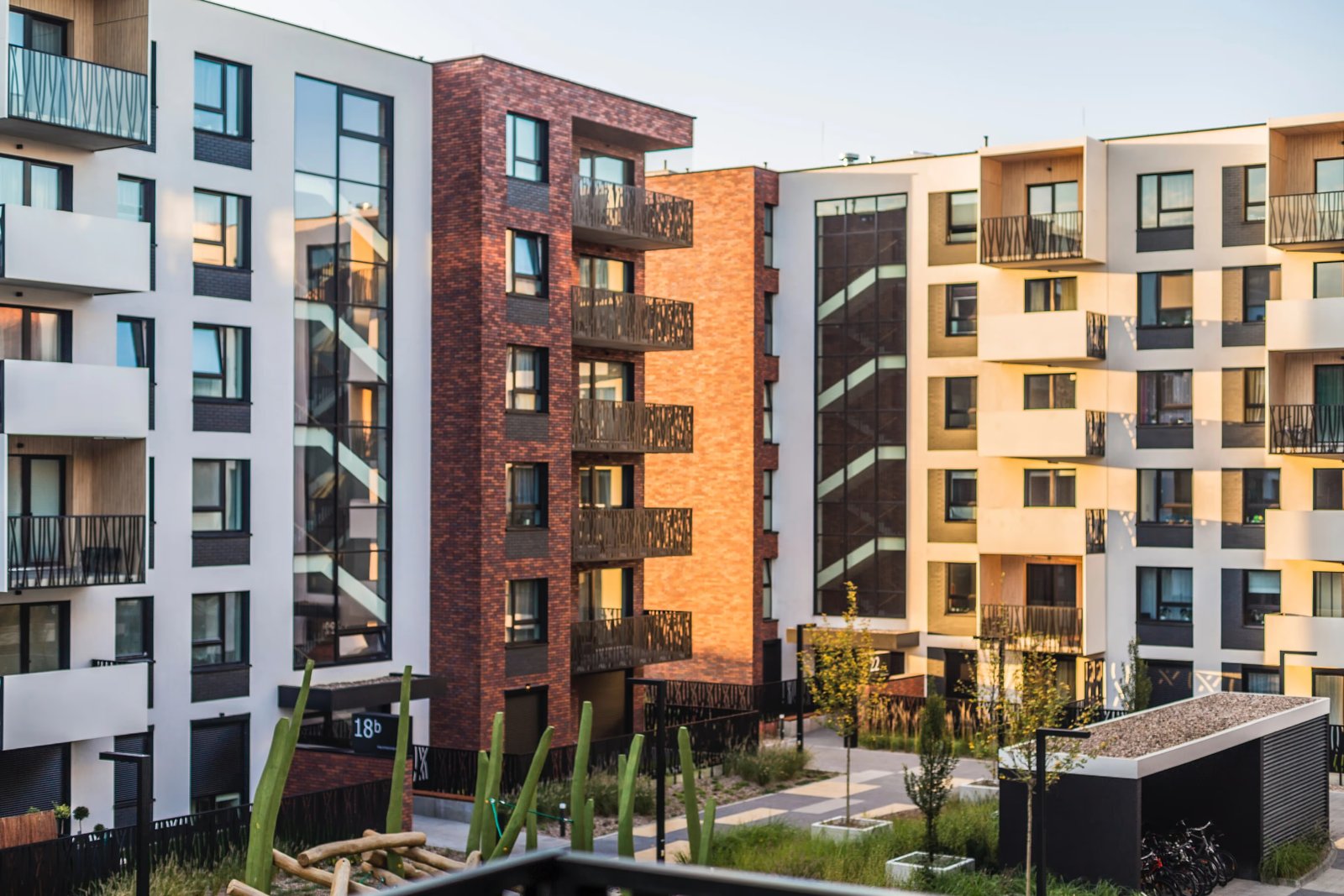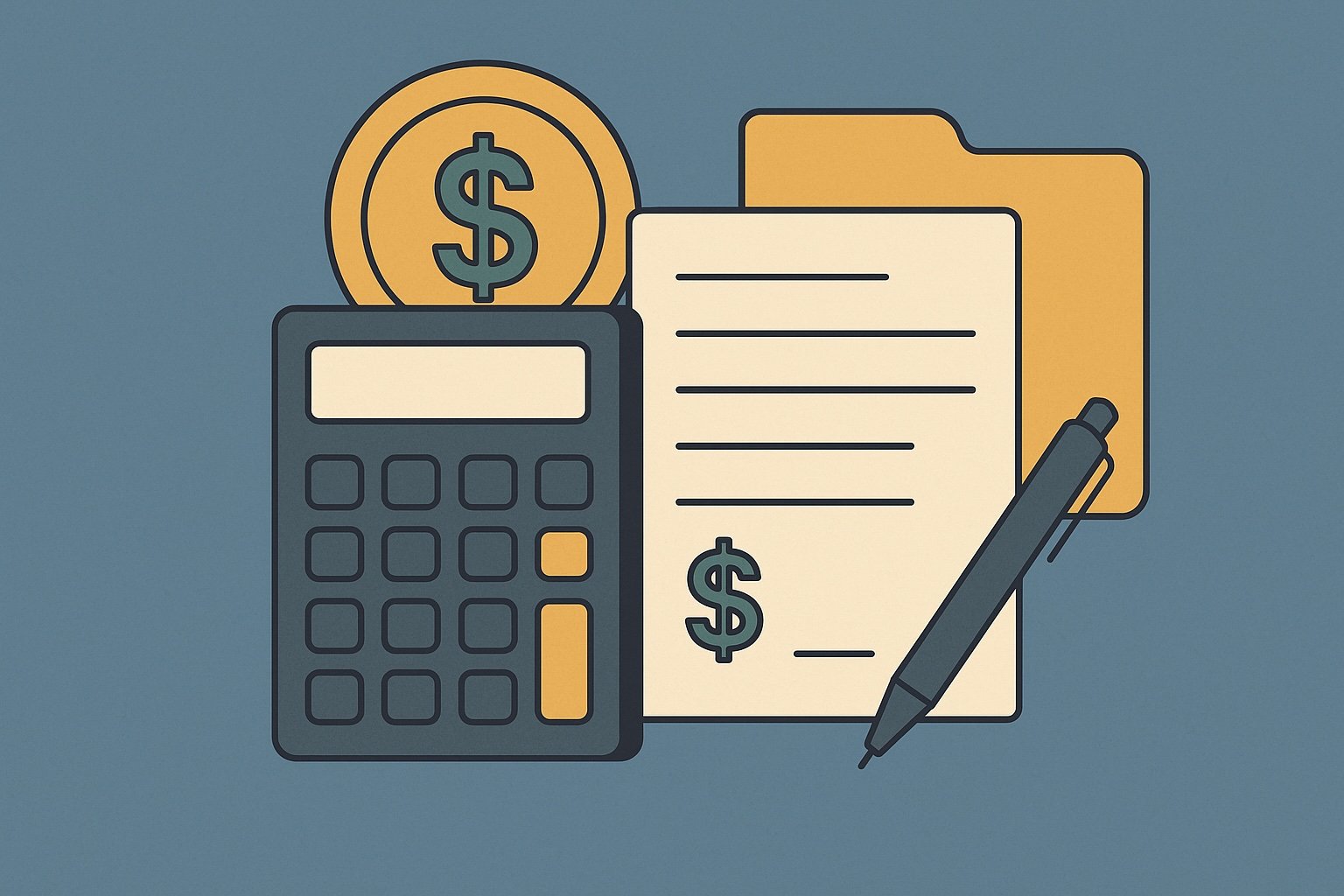Question
ARTE's Answer
Yes, you can buy multiple properties with a 1031 exchange, and this strategy can be a great way to diversify your investment portfolio while deferring capital gains taxes. The key is to ensure that the total value of the replacement properties is equal to or greater than the value of the relinquished property, and that all other 1031 exchange requirements are met.
When you sell your relinquished property, the proceeds from the sale must be held by a qualified intermediary, like us at Deferred.com, to ensure compliance with IRS regulations. We facilitate the exchange by holding the funds and ensuring that you do not have constructive receipt of the proceeds, which is crucial for maintaining the tax-deferred status of the exchange.
Here's an example to illustrate how you can purchase multiple properties through a 1031 exchange:
Imagine you own a commercial property that you sell for $1,000,000. After accounting for selling expenses, you have $950,000 in net proceeds. You decide to use a 1031 exchange to defer the capital gains tax and reinvest in multiple properties.
Step 1: Identify Replacement Properties
Within 45 days of selling your relinquished property, you must identify potential replacement properties. You can identify up to three properties regardless of their total value, or more than three properties as long as their combined value does not exceed 200% of the value of the relinquished property.
Step 2: Acquire Replacement Properties
You have 180 days from the sale of your relinquished property to close on the purchase of your identified replacement properties. Let's say you choose to purchase two residential rental properties and one small retail space:
- Residential Property 1: $400,000
- Residential Property 2: $300,000
- Retail Space: $250,000
The total value of these properties is $950,000, which matches the net proceeds from your relinquished property sale. By reinvesting the entire amount, you meet the requirement to defer all capital gains taxes.
Step 3: Use Deferred.com as Your Qualified Intermediary
Throughout this process, we at Deferred.com act as your qualified intermediary. We hold the $950,000 in proceeds from your relinquished property sale and facilitate the purchase of the replacement properties. By doing so, we ensure that you do not have constructive receipt of the funds, which is essential for the exchange to qualify under Section 1031.
By purchasing multiple properties, you can diversify your investment portfolio and potentially increase your income streams. This strategy allows you to leverage the benefits of a 1031 exchange while spreading your investment across different types of properties or geographic locations.
Remember, it's important to work closely with a tax advisor and a qualified intermediary like us at Deferred.com to ensure that all IRS requirements are met and that your exchange is structured correctly. This will help you maximize the benefits of your 1031 exchange and avoid any potential pitfalls.
Have more questions? Call us at 866-442-1031 or send an email to support@deferred.com to talk with an exchange officer at Deferred.
Sources
- Goolsby v. Commissioner
- Rev. Rul. 2002-83 (Related Party Exchanges)
- What Is a Three-Party Exchange?
- Deferring Losses On The Sale of Property Using 1031 Exchanges
- TAM 200039005 (Failed Reverse Exchanges)
- 1.1031(k)–1 (IRS Code of Federal Regulations)
- Split Treatment Transactions - Obtaining Deferral Under Section 1031 & Exclusion Under Section 121 (Article)
1031 Question? Ask ARTE
Deferred's AI 1031 Research Assistant is trained on 8,000+ pages of US tax law and outperforms human CPAs by 22%+
CHAT NOW
Learn More
See more frequently asked questions about 1031 exchanges








